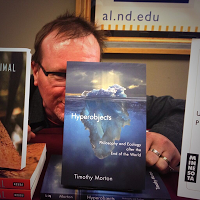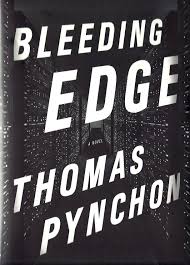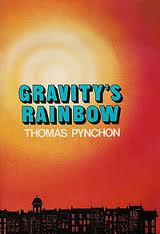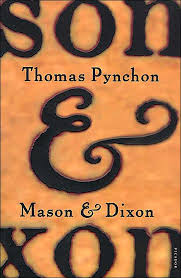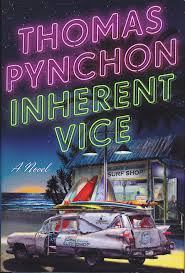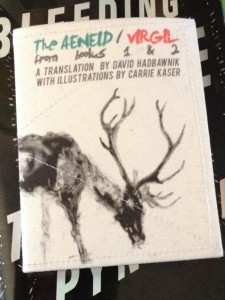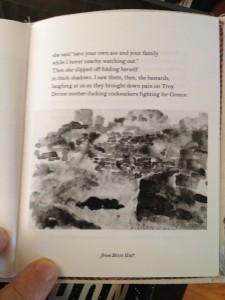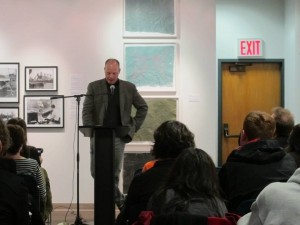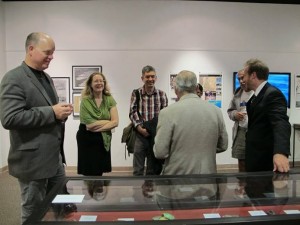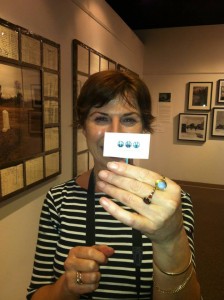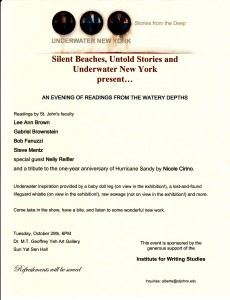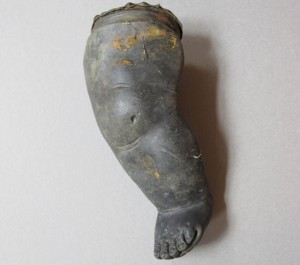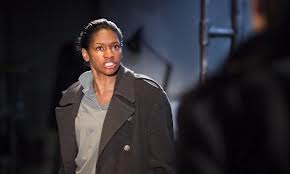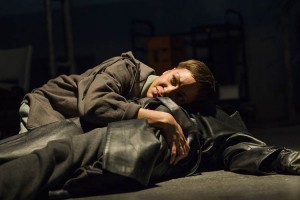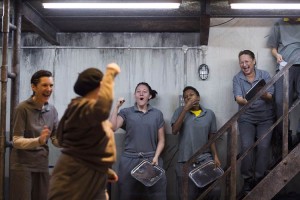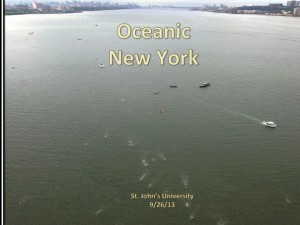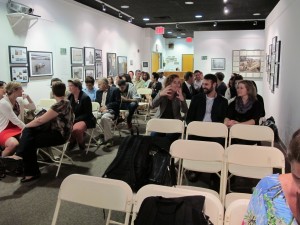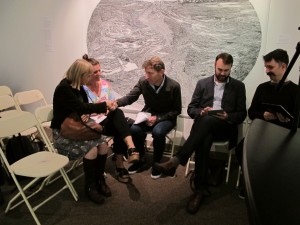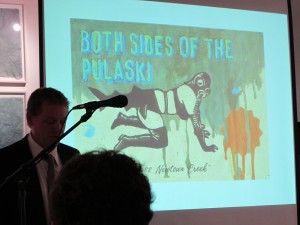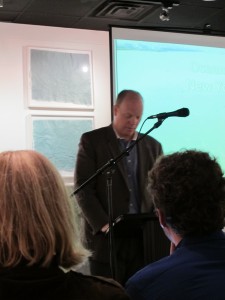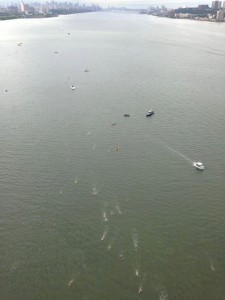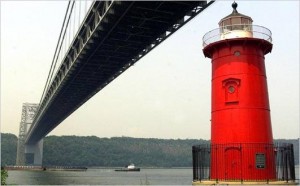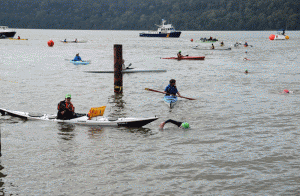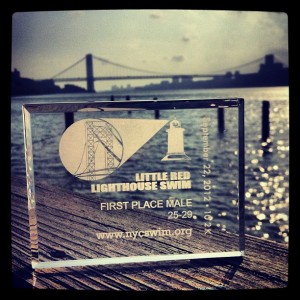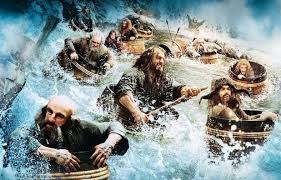 I’ve been mulling Hobbit 2: The Excessiveness of Smaug since we drove through a snowstorm to see it on Dec 14 and found we were almost the only people in the theater. Last Friday we made a second-breakfast return trip. I liked it much better on round two, perhaps because we did not let ourselves be ruled by schedules and arrived in medias Mirkwood, maybe thirty minutes in. So much better to skip the horror they made of Beorn!
I’ve been mulling Hobbit 2: The Excessiveness of Smaug since we drove through a snowstorm to see it on Dec 14 and found we were almost the only people in the theater. Last Friday we made a second-breakfast return trip. I liked it much better on round two, perhaps because we did not let ourselves be ruled by schedules and arrived in medias Mirkwood, maybe thirty minutes in. So much better to skip the horror they made of Beorn!
I pretty well agree with, and appreciate, the whipsmart snark of Chris Orr and Sibilent Fricative: the movie’s a CGI-fueled mess. But I’ve been thinking: how did Jackson remake the happy circular structure of “There and Back Again” into an epic whitewater serpent?
Turns out that I’m not the only one who worries about this material’s suitability for epic. It seems that JRRT saw an advance cut of the film back in the last century and included this oblique cautionary preview in The Hobbit, chapter XII:
There is is: dwarves are not heroes, but calculating folk with a great idea of the value of money; some are tricky and treacherous and pretty bad lots; some are not, but are decent enough people like Thorin and Company, if you don’t expect too much (192).
To put it differently, the Hobbit isn’t epic. We’re not to expect too much.
But Peter Jackson and his machinery will not be denied, and Hobbit 2: Chiefest and Greatest of Calamities walks, quacks, and breathes fire like an epic. How does he do it? What can epic make of a furry-footed hero and his vertically-challenged if facially hirsute comrades?
It seems that Jackson had so much fun with the LoTR trilogy that he wants to make the same movies over again, scene by scene. The opening scene of Hobbit 2: Dwarves Wandering and Angry shows us a familiar sight: a ranger dwarf king-in-exile from the north sized up by suspicious-looking characters one rainy afternoon at The Prancing Pony. Not long enough legs to be named Strider, but…
It’s also clear, as Brantley Bryant shows in a very smart forthcoming postmedeival article about the LoTR films, that the desire to ascend to epic heights entails squashing comedy underfoot, so that most of the happy, silly, six-meals-a-day halfling banter must be replaced by steely eyes and Sting. This development, I suppose, has some support in Tolkien, though much more in Jackson’s filmography.
But for me the key to Hobbit 2: Bilbo Learns To Fight comes with the whitewater. If “There and Back Again” proposes a circular voyage, albeit one that involves transformation – no more cozy tea with the Sackville-Bagginses for Bilbo after his return — epic has a linear structure and no return. The stakes are higher, the evils darker, the conflicts harsher, the sacrifices more painful, and the dragon not simply a literalization of dwarfish greed but a creature marked, in his CGI-gorgeous eyes, by Sauron. 
In short: remaking Tolkien’s comic tale as high melodrama means splashing into the river of Epic History, floating there in open-ended barrels, smiting a few orcs along the way, admiring Elvish archery, tossing axes from hand to hand, even finding an extra barrel for Bombur after he turns his into a spinning, orc-bashing, axe-wielding tornado. The river scene is a theme park ride in waiting, but it’s also the heart of the matter, the raging force and forward drive of Hobbit 2: The Need for Speed. In a few weeks, all I’ll remember of this movie, with perhaps the exception of the dragon’s glittering eyes, will be flowing water, flashing weapons, and falling orcs.
Rivers are epic creatures, sinuous and incessant, whose visual stability masks internal difference: they never show the same water twice. They structure national and literary histories. Achilles sets the tone by wrestling the Scamander: the river-god marks the far limits of godlike rage. River epics consolidate national identity, as in the marriage of Thames and Medway in Spenser’s Faerie Queene (1596) and the river-choreographies of Drayton’s Poly-Olbion (1612). Assimilating human endeavors to the thrust of the river – forward, onward, tumbling and surging, rivers only go one way – becomes a generic imperative in nationalist epic. Once you enter a river’s flow, you can’t escape it; it takes you where it’s going. Even Huck and Jim, floating lazy down the muddy river, find their way into History.
 After finding the River at the heart of Hobbit 2: From Ring-Finding to Big Battle, I was struck by how often the film used images of relentless flow. Orcs sliding down rooftops in Laketown. Legolas riding a goblin-skateboard. Barrels rolling down a trap door. Enwebbed dwarves and hobbits bouncing down through branches. Most of all, and most beautifully, the flowing rivers of Smaug’s hoard, cascading and tumbling in tiny gold-falls, flows and surges that threaten to drown Bilbo and his buddies. Dragon me a river: Jackson’s cameras transform even the halls of Erebor into inexorable flow.
After finding the River at the heart of Hobbit 2: From Ring-Finding to Big Battle, I was struck by how often the film used images of relentless flow. Orcs sliding down rooftops in Laketown. Legolas riding a goblin-skateboard. Barrels rolling down a trap door. Enwebbed dwarves and hobbits bouncing down through branches. Most of all, and most beautifully, the flowing rivers of Smaug’s hoard, cascading and tumbling in tiny gold-falls, flows and surges that threaten to drown Bilbo and his buddies. Dragon me a river: Jackson’s cameras transform even the halls of Erebor into inexorable flow.
Perhaps the clearest, if goofiest, visual example of the primacy of flow in Hobbit 2: Never Ignore a Live Dragon comes with our dwarfish hero Little Strides and his elaborate attempt to defeat the worm. The dwarves, with admirable dispatch, use Smaug’s fire to re-light their ancient forges, melt a large amount of gold along with some shiny powders that they’ve presumably carried with them for decades, funnel the whole molten mass into a handy giant-sized mold shaped like the Dwarf Kings of Old (or the statues of Argonath on the River Anduin). When they pull the mold away, a golden dwarf confronts Smaug on roughly his own scale. But the dwarf-on-dragon grudge match never gets going, because the statue no sooner appears than it melts into golden rivers, dousing Smaug’s fire (temporarily) and, for reasons I’m still not fully clear about, not inundating Bilbo and the dwarves. Perhaps they learned during the whitewater scenes how to stay afloat? Everything flows: is Jackson’s real Muse Heraclitus?
Hobbit 2: Fire-Breathing and Hoard-Protecting has lots of problems, and none of the repeated elements — the athelas healing, the elven archers, the spiders, the lidless Eye, the faux-Wormtongue who attends the Master of Laketown — rise to LoTR levels. But the visual force of the river, raging out of Thranduil’s palace into the placid waters beneath the Lonely Mountain, does what this movie needs. It’s not a “There and Back Again” story. By the time the dragon flaps off toward innocent Laketown, where Bard of the Sideburns waits with techno-enhanced black arrows, the way forward has narrowed and intensified: Just Get There.
I look forward, next winter, to Hobbit 3: War Makes Everything Epic-er. 
